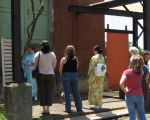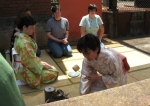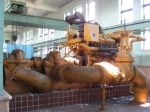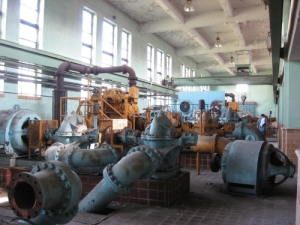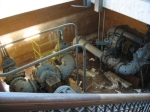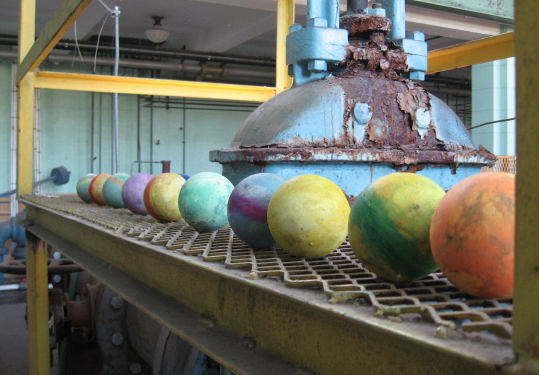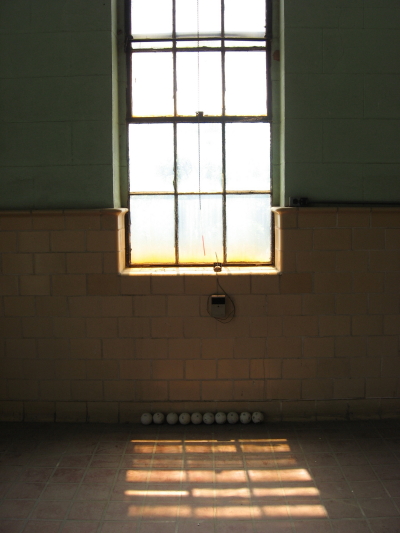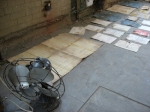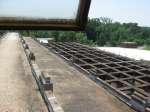Larson Band Posters
David Larson was the favored artist for band posters in the Raleigh punk and experimental scene around 1980. Here is a collection – if you have one you don’t see – post it at the David Early Larson Art page on FB, or send it to JDJ!




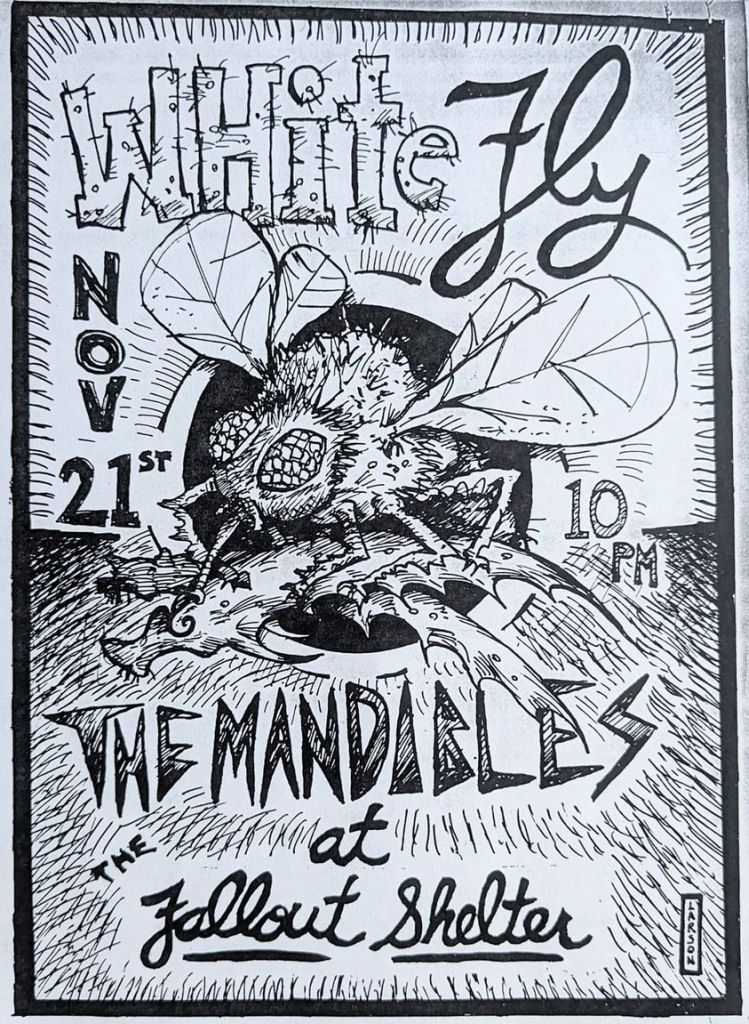




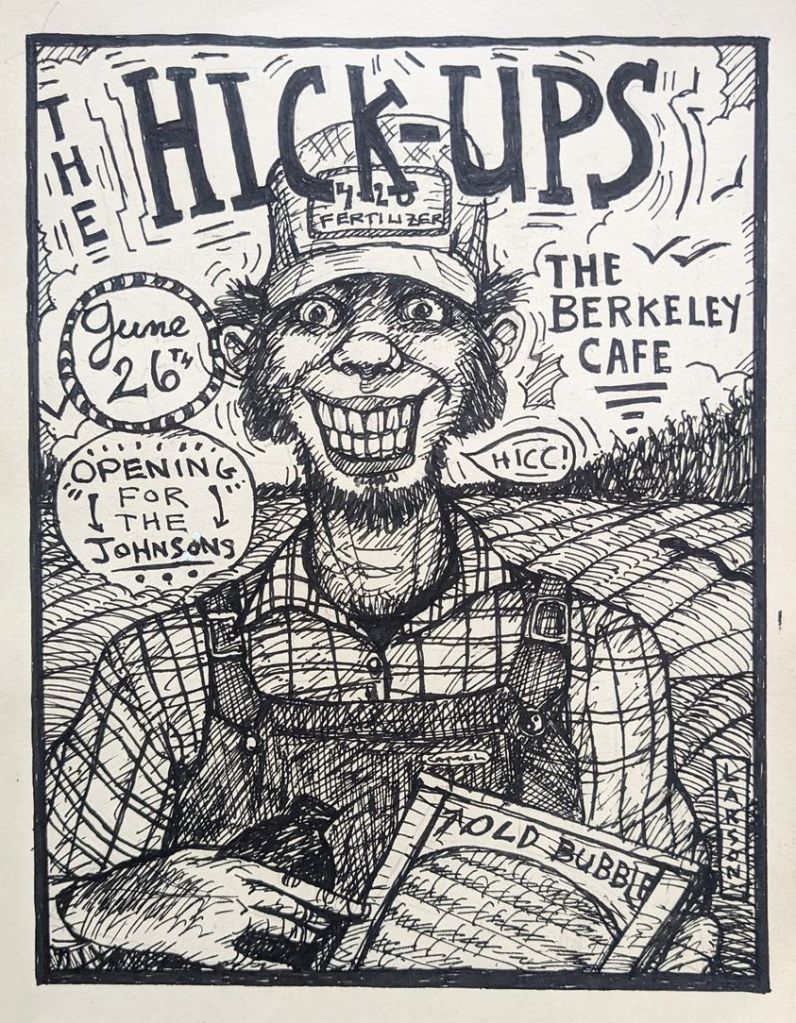

This wonderful show encapsulated Raleigh’s alternative arts
Denis Wood Maps Across the World, Starting with Boylan Heights
Denis Wood is an old friend who played an important role in nurturing The Paper Plant into existence in the early 1980s. He was an engaging and innovative professor during that tenure of his life, and now has turned his intellectual charms to the theory or philosophy of cartography, writing numerous books and just completing a lecture tour in Germany. His most recent publication, Everything Sings, is a book of radically different maps, illustrating his unique take on what a map can be and how it effects us. It is also a wonderfully quirky portrait of Boylan Heights, and the book’s success shows how interesting and important Denis’ work is, as well as how hot Raleigh is, and how treasured is that neighborhood in its history. The book cover, seen above, displays the location and carving pattern of Boylan Heights pumpkins on a Halloween. Pecan tree locations, utility services, and lot sizes all became subjects of innovative maps created by graduate students under Wood’s tutelage.
Denis spoke and presented this fall at the Boylan Ave Brewery to celebrate the publication of the book. It was well attended and Denis entertained quite well with the amazing story of how his book came to be – an interview for background information with Ira Glass for an NPR story on maps, his casual mention of a long term project with NCSU design students, and the subsequent segment of This American Life which brought the project to the attention of book publishers. The actual production of Everything Sings involved many winding turns, but now that it’s finally out, it is not only selling well, but been nominated for the University of Iowa’s The Essay Prize.
Denis is such a creative thinker and enthusiastic cultural worker. His talk presented small samples of the ideas in his major books – that maps represent not just a set of places but a representation of the way we think about places, if at all. Maps can take many forms, and the formats of our maps shape the way we think about the world. Maps can enhance, shift or corrupt our view of the world. We can also enlarge our sense of the world through creative use and creation of maps, and that is at the core of Denis Wood’s work.
The book that helped promote and elucidate these concepts on the national scene is The Power of Maps, his 1992 book, co-authored with John Fels, that helped literally turn everyone’s concpetions of maps upside down. Last year, they published the title pictured above, which updates and enlarges their approach.
Denis is continually sharing his ideas. His recent presentation at a conference called Mapping Maps: What’s New About Neocartography, in Seigen Germany, was part of a media studies program, and involved people working at what seems to this layman to be right at the edge of cartography: Geo-annotation, The Rise of Aerial Photogrammetry, Performative Cartography, Playful Cartography, and explorations of web resources such as OpenStreetMap. Denis was the main evening speaker and presented his critique entitled The Challenge to Neocartography Posed by Guy Debord and Kevin Lynch. His workshops in Frankfort shared his ideas on the nature of maps with graduate students, and in Liepzig he presented to traditional geographers about “A Place Off the Map: The Case for a Non-Map-based Place Title.”
All this was and is very interesting but I must confess my favorite stories from Germany were about the European flavors and customs, along with some delicious gossip about European academic politics. Denis provokes you to consider new ideas, but he doesn’t press them – mainly because he’s quickly on to some other new ideas – plus the ones you’ve made him think of during the conversation! He is a treasure, he is doing great stuff, and I hope you keep an eye out for him.
Siglio Press on Everything Sings:
Denis Wood has created an atlas unlike any other. Surveying Boylan Heights, his small neighborhood in North Carolina, he subverts the traditional notions of mapmaking to discover new ways of seeing both this place in particular and the nature of place itself. Each map attunes the eye to the invisible, the overlooked, and the seemingly insignificant. From radio waves permeating the air to the location of Halloween pumpkins on porches, Wood searches for the revelatory details in what has never been mapped or may not even be mappable. In his pursuit of a “poetics of cartography,” the experience of place is primary, useless knowledge is exalted, and representation strives toward resonance. Our perception of maps and how to read them changes as we regard their beauty, marvel at their poetry, and begin to see the neighborhoods we live in anew. Everything Sings weaves a multi-layered story about one neighborhood as well as about the endeavor of truly knowing the places which we call home.
That a cartographer could set out on a mission that’s so emotional, so personal, so idiosyncratic, was news to me. IRA GLASS, host of This American Life, from his introduction to Everything Sings: Maps for a Narrative Atlas
Ira Glass interview with Denis Wood about Everything Sings:
http://www.thisamericanlife.org/radio-archives/episode/110/mapping
Denis Wood website:
http://www.deniswood.net/home.htm
This book is featured on Places, the online journal of architecture, landscape and urbanism
http://places.designobserver.com/feature/everything-sings-maps-for-a-narrative-atlas/30358/
Bain Project – Day 1 Photos
The Bain Project opened on Saturday, May 9, to large crowds and great success. The traditional tea presented by Triangle Chanoyu was well attended and ably interpreted by a narrator. Inside, visitors were asked to fill out an entry permit which assigned them to one of the city watersheds. They were then free to explore unguided throughout the structure. I will write more about my experiences when the dust settles, but for now, here is a selection of photos. Each will click to enlarge, while hovering gives you the title.
Jen Coon’s description of tea installation
Several participants from the crowd were invited to take part in the tea. The device used for the purification came from the Bain complex. Recessed green doors served as the alcove, where objects and a carefully selected phrase set the tone for the tea.
The show runs through May 17. Go check it out!
Bain Preview Signals Documentary Style
The preview show for The Bain Water Project, which opened at The Morning Times on First Friday, offered some glimpses of what we can hope to see at the full on-site installation in May. The show also displayed a documentary, self-reflective style which is permeating the group’s work overall, I think in an excellent way. From the large scale photo and video displays seen at the music event, to the “open access” range of information available on some of the artist’s websites, this massive accretion of work is not least interesting for the shape of the artistic process itself, made visible in the large display of notes, drafts, and source materials on display upstairs on Hargett Street.
The artists meet most Saturday mornings at the Bain site to collaborate and consult, then spend many more hours creating art work in response to their experiences. For the preview show, they attempted to evoke a sense of the place, including bringing plants from on site, jars with samples of the debris and filter material, as seen above. The stripped masonry and ancient brick walls of the upper Morning Times are an ideal setting for the work.
The range of media and subjects derived from the Bain site remains quite varied, and if I imagine a conventional show of all the finished artworks I have seen, the unifying thread might be hard to describe. Luke Buchanan Miller’s large traditional paintings have a wonderfully loose sense of perspective and give a successful Impressionist view of an industrial space. But it can be difficult to shift gears and then find a totally different response in the layered, heavily sealed and almost subliminal images in the tiles by Marty Baird right next to these paintings. And this show will need to find room for conceptual art, correspondence art, digital graphics, perhaps some kinetic art, and no doubt some performance art before those weekends in May are over. The preview show gives some very encouraging signs that the individual art is also being couched in a group effort to re-present, artistically, the Bain space itself, and to evoke the artistic experiences being undergone by the group. I’m not complaining about the wide diversity of media emerging in the Bain Project. I think it’s all great. Seeing the imagery from so many artistic perspectives is intrinsically interesting. I’m also fascinated to see the project finding ways to exist outside of and between the individual artworks. One favorite part of this show is where you can see a photo, charcoal sketch, and painting of the same scene. You really get a feel for the artistic experience. The catalog pages, technical sheets, and other tatters of beauracracy offer a sense of the human history and the technical complexities of the place.
The Bain Water Treatment Plant represents a massive subject. The Art Deco exterior and lobby, the huge myriad of pipes, valves, pumps and holding tanks, and the stark abandoned and long neglected human workspaces, all comprise a complex portrait of early twentieth century Raleigh. As this group of artists pulsates in rythym, collaborating and privately creating, I look forward to an amazing show in May. And I hope the documentary style of the preview show, which illuminates the process-as-product, is a big part of the final event.
*************
my photo album of the Bain site
Raleigh Rambles Bain page
Bain Water Project home page
Person Street rambles out to the big wide world!
Here we go and you are welcome for the ride. Raleigh Rambles. A Raleigh native’s rambles. Raleighites making art and making good. The city of Raleigh rambles out to the big wide world. The big wide world rambles into Raleigh. All of the above. This is my personal blog – mostly art and culture, but whatever else as well, because it is all good, all is good. Everything we do is art – or can be. Welcome to my new blog.
*************
This online world is a hoot and a holler, isn’t it? It’s been fun to watch and even more fun to join. I’ve been very lucky. My school had a Nando account, allowing us to use gophers and ftp’s to look at a few data bases, before the World Wide Web came to exist. I have watched my buddy Clyde take the Net by the horns and shake it like a money tree for some time, while building his hip hop web empire. My friend Richard has been hand-rolling a blog since before there were blogs – I guess that means he helped create the blog culture. Blogs seem very much to be the universal multi-media uberform that Clyde and I dreamed about in the late seventies. I like them very very much.
**************
Raleigh is blessed with great local blogs. Raleighing was fun while it lasted. New Raleigh does a most professional job, as recently with their slideshow of Rebusfest, and a review of my new neighbor, Rosie’s Plate. And RDUwtf, of course, has my biased adoration, and is back in business after a nasty spamlink attack. Here, I’m not trying to review Raleigh – I’m portraying myself and my cultural mileu as a native Raleighite.
************
A fine cultural mileu indeed! World class museums, enough of a city to be a city but rural scenes a ten minute drive away. Greenways galore, which I blog about at Raleigh Nature. A decent music scene, I understand, but you will not read much about any music other than jazz here. My favorite piece of Raleigh is the whole scene anchored by The College of Design -with Sadlacks’s as its lodestone. I love to run into old friends or find out what young art entreprenuers like Sarah Blackmon are up to. And I still get to enjoy catching somebody up on The Paper Plant and being reminded it is still remembered.
*************
So here goes my personal take on Raleigh, old and new, work and play – living the examined life in the New South. Join me when you have a chance!



































